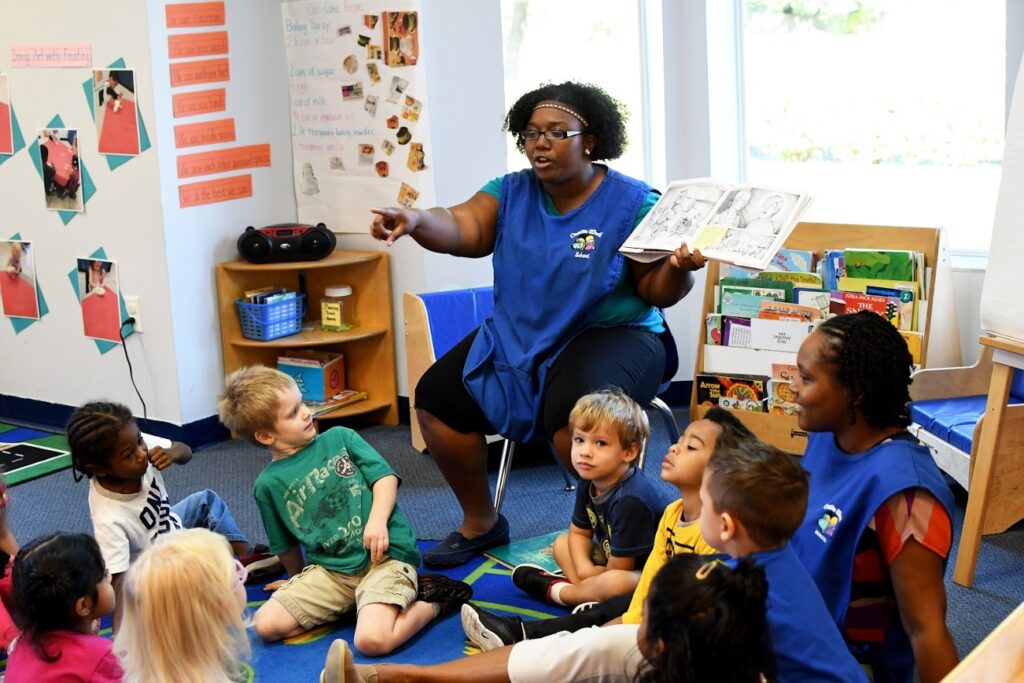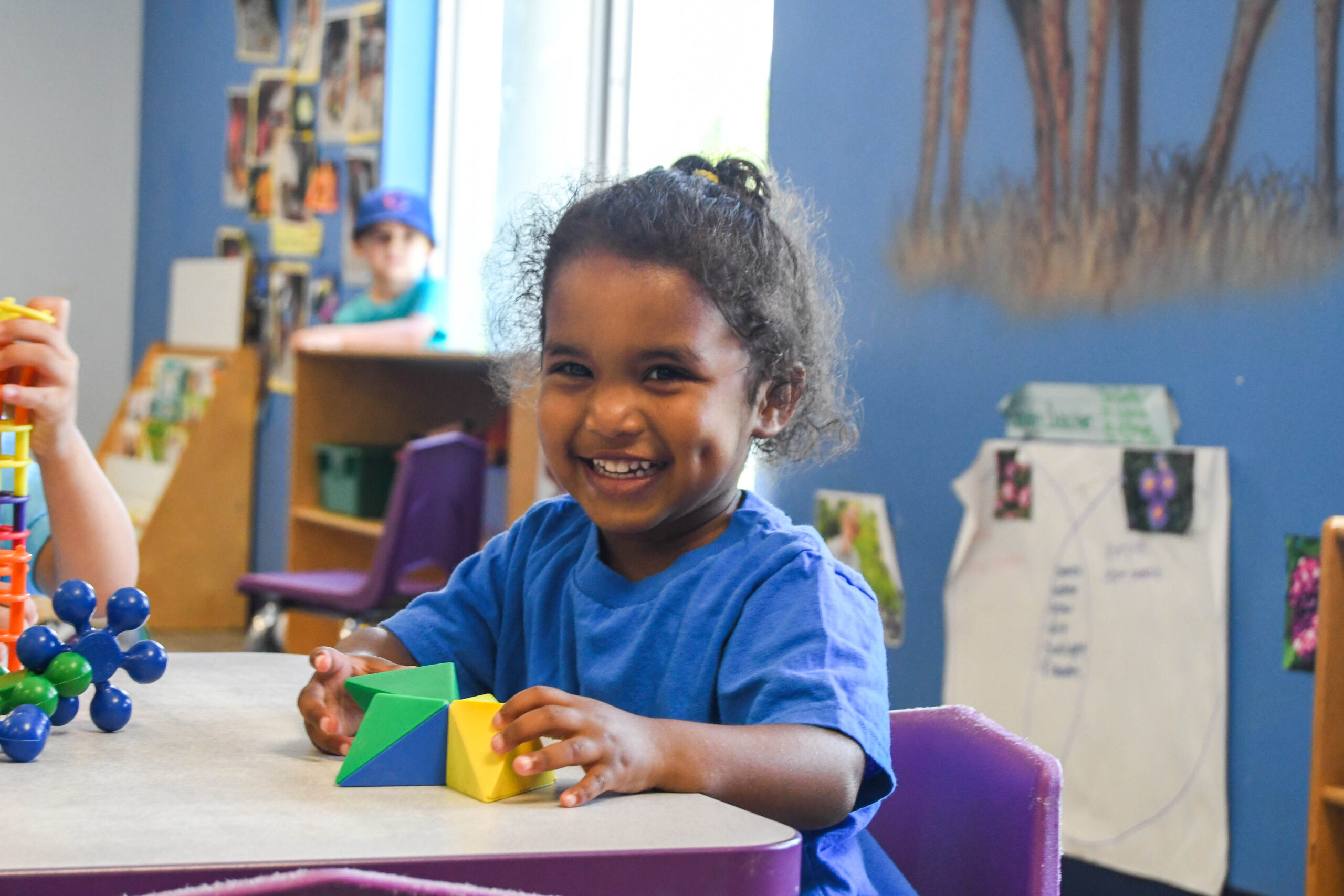
Concept Books for Children
Creative world school Dec 15, 2016Each month in the Exploratorium™, we feature a different kind of children’s literature. This is a great way to give your preschooler or prek student an introduction to a wide variety of writing styles! As our pre-readers increase in their language skills, it’s important that they see all of the amazing ways that language can be used to communicate and tell stories.
This month, we feature Concept Books.

WHAT ARE CONCEPT BOOKS?
Concept books are informational books that introduce basic ideas, patterns, object sets, words and concrete concepts to early readers.

WHY ARE CONCEPT BOOKS IMPORTANT?
Concept books play a role in your young reader’s early literary experiences by being primarily informational. The abstract presentation of basic, concrete information appeals to the imagination while also building their library of vocabulary and language. Because the information and ideas presented are concrete, it is easy to create a bridge into a child’s real world by associating the words and ideas read with things they can see and touch. Concept books are powerful methods for capturing interest while building an understanding of the use and value of written text.
WHAT DO THE EXPERTS SAY?
Ann D. Carlson, writing on Concept Books and Young Children, says: “The fact that children learn concepts is self-evident. They are not born with the knowledge that Poodles and Great Danes are both dogs or that watermelons and blueberries are both fruits. On the surface, concept learning seems a fairly simple process: A child needs only to attach the verbal label to an object. In fact, early research into concept learning focused on very simple concepts where a single attribute or characteristic defined the concept. Up until the 1950s, most researchers supposed that learning a concept was no different from learning a word.”*
This idea was challenged, however, as more research was done on children’s incredible capacity for complex thought, critical thinking, and reasoning even at very early ages.
“For example, consider how a child might learn the concept of a car. First, a car is something that has tires as well as a steering wheel. Here are two relevant attributes, tires and steering wheel, and a rule that combines the attributes, namely, that both tires and a steering wheel must be present. The fact that the car is yellow or that it has two as opposed to four doors is an irrelevant attribute, since it is not necessary to the concept of car.”*
The use of categories, in turn, reduces the necessity for constant learning, and the category becomes a tool for further use.
Concept books, when used by adults to facilitate a dialogue about objects or dynamics in the real world, can have immense value in helping children create categories and reference points for what they see around them. This will not only help them as readers, but as lifelong learners!






